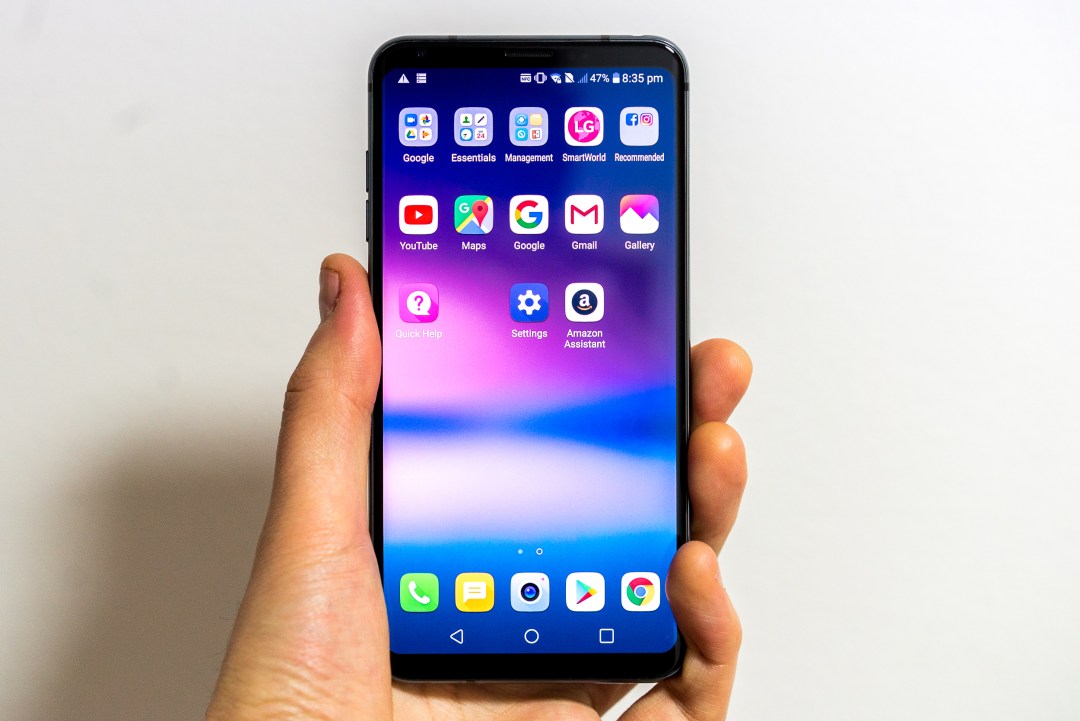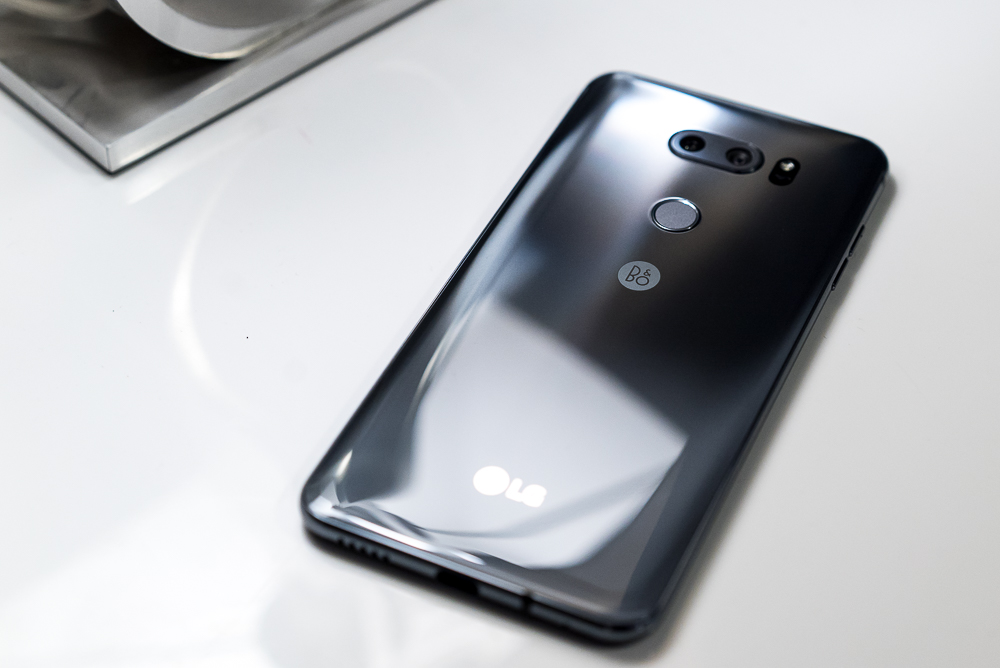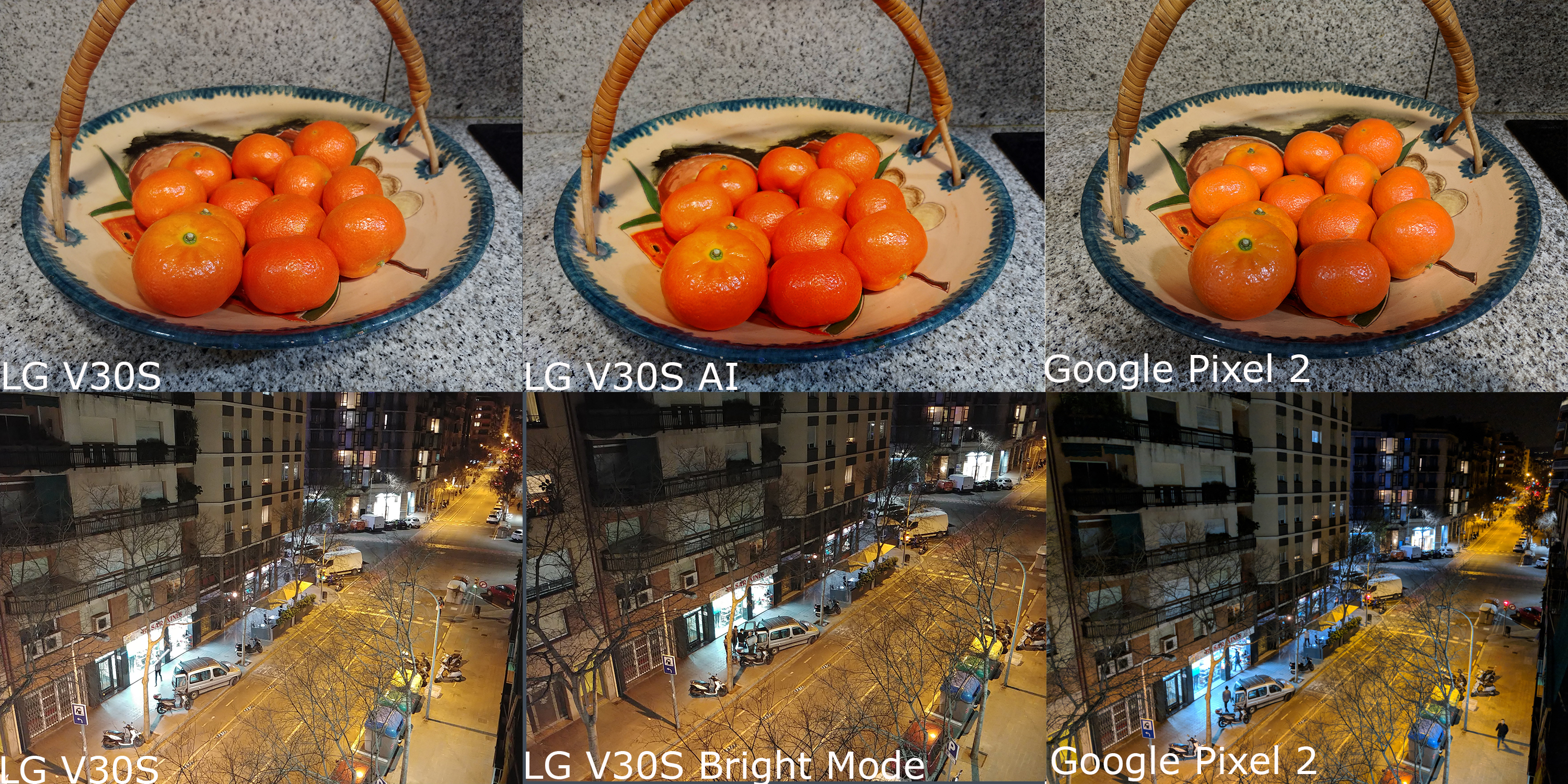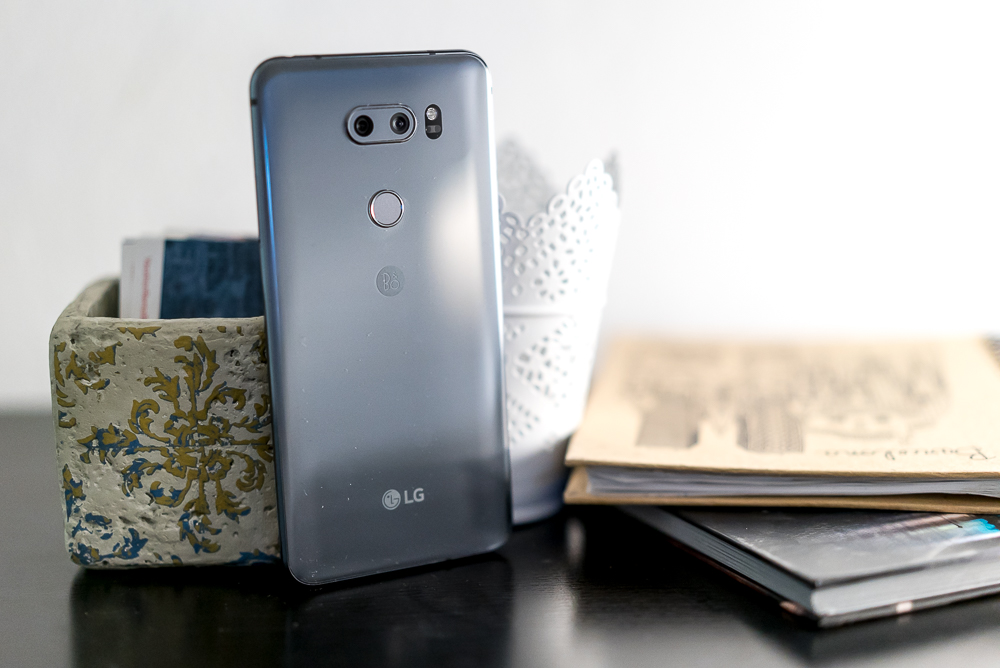LG V30S ThinQ hands-on review
LG adds AI and memory to the V30 - and not a lot else

The new LG V30S ThinQ, to give its full, hopelessly unwieldy title, isn’t a dramatic departure from last year’s V30.
In fact, it’s physically identical. It’s powered by the same Qualcomm Snapdragon 835 CPU. The screen is the same. The dual cameras are the same. It has the same 32-bit DAC, for playing music through its (increasingly rare) 3.5mm headphone port.
The few technical differences are all under the hood, with 6GB of RAM instead of 4GB and larger 128GB and 256GB storage options. But… that’s about it.
It’s software that sees the most changes, with a new AI camera app powered directly by the phone, not the cloud, and a new “Bright Mode” that promises up to twice as much light in low-light situations. Nice inclusions, but do they justify a whole new phone?
We tried the V30S out at Mobile World Congress to find out.
WHAT’S THE SAME? LOOKS FAMILIAR

Bringing new features to old phones for free is no bad thing, but it does leave the V30S in a tough spot.
If you loved the soft curves of the V30’s metal frame, the shiny (and so very easily breakable) glass back, and rounded 6in, 18:9 aspect ratio POLED screen with a slightly washed-out look, you’ll love the V30S – it’s exactly the same, right down to the dual-camera lenses and surprisingly practical combined power button and fingerprint sensor on the rear.
It’s pleasingly thin too, making it comfortable to hold, despite the large screen. LG reckons it’s still the thinnest and lightest phone in its class, six months after the V30 first arrived.
The only real visual change is the colour. LG has moved away from conservative colours like black and white, to more vivid hues like “Moroccan Blue” and “Platinum Grey”. A third colour, the suitably loud “Raspberry Rose”, launches later in the year.
Conservative users might lament the loss of the V30’s more subtle “Aurora Black”, but new the blue and silver finishes are at least easy on the eye. The V30S remains IP68 dust and water resistant, too, for those of us with slippery fingers after a tipple or two.
WHAT’S NEW? AI OF THE TIGER

AI tech helped make the camera on the Google Pixel 2 one of the best, if not the best in the business, without the need for a costly dual lens setup. It’s something Huawei, Apple, Samsung and most other smartphone makers are now playing catch-up with – and now it’s LG’s turn.
Recent LG handsets like the V30 and G6 snapped photos that looked unnatural and heavily processed, so maybe some AI assistance will be just the thing the V30S needs. It arrives with an AI-laden camera app, which will also be coming to the V30 via an update.
Partnering with Berlin-based EyeEm and its extensive image library, LG has put its AI to task identifying various types of images. It’ll be able to tell whether the thing you’re pointing the camera at is a landscape, for example, or a piece of food. Since the AI – which now runs locally on the V30S’ CPU, instead of via the cloud – knows what you’re trying to take a picture of, it can select the correct imaging mode and make adjustments accordingly.
The adjustments it makes aren’t anything new – the V30 already had a food mode and landscape mode, amongst others – but here you don’t have to select it manually any more.
That’s a nice thing, but the jury’s still out on whether those adjustments make photos any better. Snapping a bowl of oranges on a pre-production V30S highlights the problem: the oranges already look far too vibrant compared to how they look in real-life. With the AI camera turned on, they look almost neon. The Google Pixel 2XL does a far better job replicating real-life.
The other new addition is “Bright Mode”, which combines the sensor’s individual pixels to effectively create much larger ones, capable of sensing more light. In theory, the V30S can capture up to twice as much light this way, resulting in better low-light images. The downside is that resolution takes a hit, from 16MP to 4MP. That’s still more than enough for social media use, though.
Bright Mode works surprisingly well, although, the V30S often can’t decide whether it wants to leave bright mode on or turn it off, flicking between the two at random. Fingers crossed LG can fix the issue in the finished product.
LG V30S THINQ INITIAL VERDICT

The V30S does gain a few more software additions, like improved integration with Google Assistant and LG SmartThinQ connected devices – but what you won’t find is Qualcomm’s latest Snapdragon 845 SoC.
Instead of plumping for the new chip, which is rumoured to be turning up in the Samsung Galaxy S9, the V30S uses the tried-and-tested Snapdragon 835. Frankly, even if there’s a performance boost to be had with the 845, it’s unlikely most users will notice it – the 835 is still plenty fast for a smartphone chip.
The V30S, then, is the first phone of a new strategy for LG, one that aims to end a long-term losing streak. Instead of new phones filled with shiny new hardware, expect incremental updates to storage and memory, with one or two new features that are ported back to older devices along the way. If that sounds familiar, it’s because Apple turned it into a winning formula years ago.
It’s a bold strategy, particularly when anyone with a V30 in their pocket can just wait for a software update to add all the new features to their existing hardware. Whether it pays off will have to wait until we’ve given the V30S ThinQ a full review, a little closer to launch.
READ MORE › THe 10 best smartphones in the world right now
Tech specs
| SCREEN | 6in QHD+ OLED FullVision display w/ 18:9 aspect ratio, HDR 10 |
| CPU | Qualcomm Snapdragon 835 octa-core |
| MEMORY | 6GB RAM |
| CAMERAS | Dual 16MP, f/1.6, 71° and 13MP, f/1.9, 120° rear w/ optical image stabilisation |
| STORAGE | 128GB on-board, microSD expansion |
| OPERATING SYSTEM | Android 8.0 Oreo |
| BATTERY | 3300mAh non-removable with wireless charging, QuickCharge 3.0 |
| DIMENSIONS | 152x75x7.3mm |


